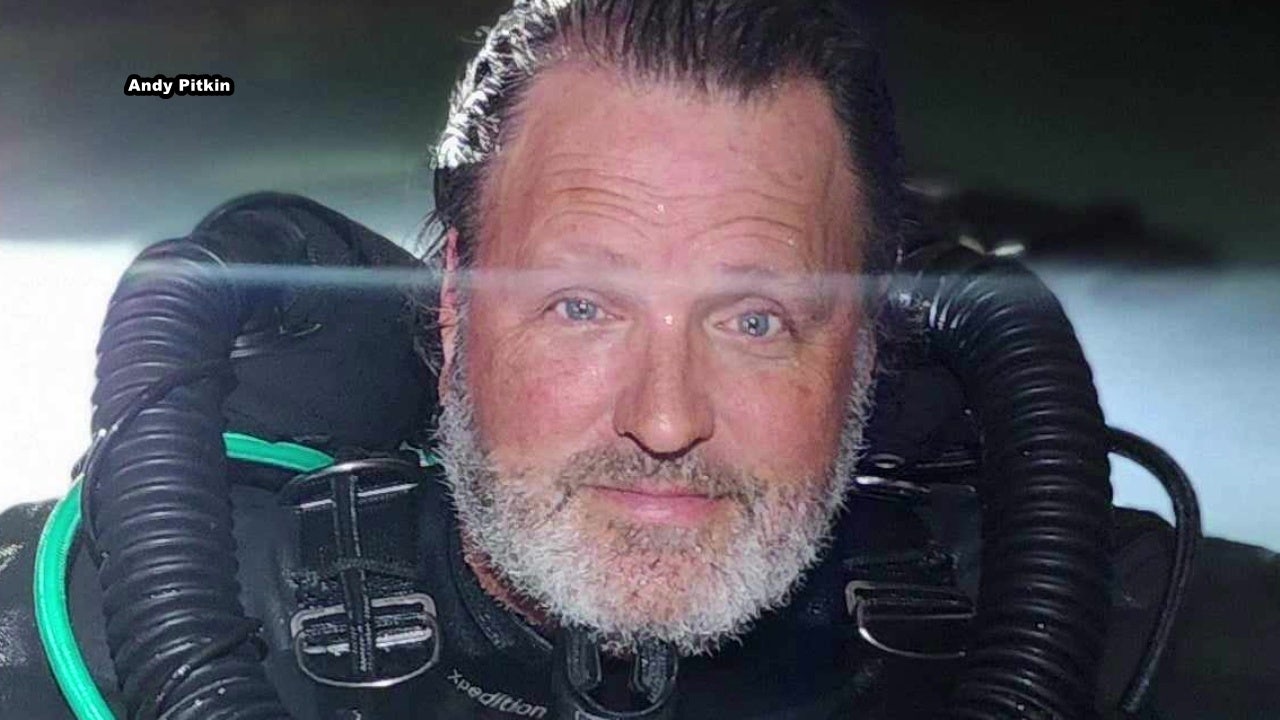Doesn't say in the article, but ditto re folks I know doing those kinda dives. Still, always interested in what other teams use.
THE ARTICLE.
Jordan Bowen reports.
DADE CITY, Fla. - The body of well-known cave diver, 56-year-old Brett Hemphill, was recovered from cave waters near Phantom Springs, Texas after he disappeared during a cave drive last Wednesday, according to close friends.
Andy Pitkin, one of Hemphill's close friends, described Hemphill as "The Ultimate Explorer" who loved adventure.
Pitkin has known Hemphill for more than 15 years. During this particular dive, Pitkin said he was surveying a new passage with Hemphill before he vanished.
"Brett was unique. There was nobody else in the world like him. He was just so engaging to everybody," Pitkin said. "He had this ability to get on everybody's wavelength so quickly, and he made you feel like even after you had just met him, he had been your friend all his life."
Last Wednesday, Hemphill and Pitkin did a cave dive at Phantom Springs in Texas, about five hours west of San Antonio.
They began in 450 feet of water on a new exploration to go deeper. Pitkin describes what happened when they reached 570 feet deep.
"I was surveying the new passage, which is fairly typical. It's very typical of what we do, which is a very absorbing task. And you don't really have a lot of ability to watch what your buddy is doing, so it's really your buddy's responsibility to stay with you," Pitkin shared.
As Pitkin explained, during dives like these, as they go deeper, they use long rolls of Nylon and secure it to various parts of the cave as they deepen.
That way, they can follow the Nylon to find their way out. They had just secured the Nylon to the cave at 570 feet.
Nylon is used to help divers find their way out.
"He was not around when I finished surveying, although I was aware that he was nearby for much of the time I was surveying because I could see his light moving around. When I finished surveying, I looked around for him, and usually I would see him there, but on this occasion, I couldn't find him," Pitkin said.
That's when Pitkin said he thought Hemphill had headed out before him, but after heading back, he realized he hadn't.
He went back a final time to look for him, but the visibility was poor, making it too dangerous to go any deeper.
"Flailing around and trying to find him would have been a risk to him and myself, so the correct course of action in that situation was to wait for him. So I started out slowly expecting that he would catch me up at some points or hoping to catch me up at some point, but he never did," Pitkin said.
Hemphill was a native of Dade City. His body was recovered from the cave late Sunday.
We're told his family is now in the process of making funeral arrangements.
Pitkin said Hemphill is responsible for setting several cave diving records and said if the 570-foot depth on this particular dive is confirmed, it would beat the current U.S. underwater cave diving record in Missouri by more than 100 feet.





